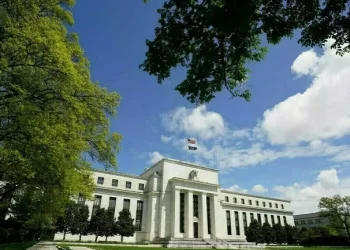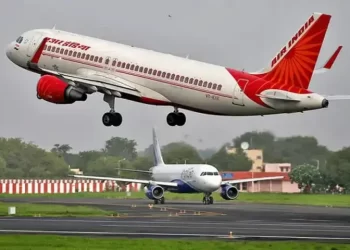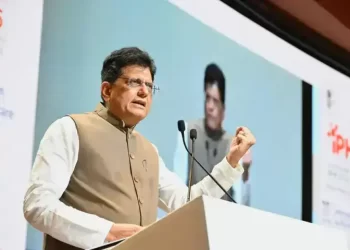SEOUL, South Korea (news agencies) — A South Korean court ruled in favor of the government’s contentious push to drastically boost medical school admissions on Thursday, posing a setback to concerted efforts by incumbent doctors to spike the plan.
A standoff between the government and doctors opposed to the plan has shaken the country’s medical system for months. With broad support from senior doctors, more than 12,000 junior doctors, who are medical interns and residents, remain off the job since February.
The Seoul High Court rejected a request from striking doctors and other opponents to block the plan, which would raise the yearly medical school enrollment quota by 2,000 from the current cap of 3,058.
Lee Byung-chul, a lawyer for the doctors, said he will prepare to appeal the ruling to the Supreme Court. Lim Hyun-taek, the hard-line leader of an association of doctors, said his organization will issue a statement on Friday after reviewing the verdict.
Officials have said they want to add up to 10,000 doctors by 2035 to cope with the country’s fast-aging population and a shortage of physicians in rural areas and in low-paying yet essential specialties like pediatrics and emergency departments.
Doctors say schools aren’t ready to handle an abrupt increase in students and that it would ultimately undermine the country’s medical services. But critics argue that physicians, one of the best-paid jobs in South Korea, are mainly worried that having more doctors would lower their incomes.
The request to suspend the enrollment plan was filed by 18 people including doctors, medical students and others hoping to enter medical schools.
The Seoul High Court ruled the doctors and possible future medical students aren’t qualified to file administrative lawsuits, calling them a third party in the case. The court acknowledged that current medical students can suffer possible damage from the enrollment plan, but still rejected their request to protect “public welfare.” It said a suspension of the recruitment plan could cause “immense” harm to efforts to increase doctors in rural areas and other essential roles.
Prime Minister Han Duck-soo welcomed the decision, saying the government appreciates “the wise ruling by the judicial branch.” He said the government will take steps to finalize medical school admission plans for the 2025 academic year by the end of this month.
Han urged the striking junior doctors to return to work immediately, saying it’s difficult to maintain the country’s emergency medical system without them. But South Korean media cited some striking doctors as saying they have no intention of reporting back to work.
The striking doctors are a fraction of all doctors in South Korea, estimated to number between 115,000 and 140,000. But in some major hospitals, they account for about 30% to 40% of the doctors, assisting fully qualified doctors and department chiefs during surgeries and other treatments while training. Their walkouts have caused cancellations of numerous surgeries and other care at their hospitals and burdened South Korea’s medical services.
In support of their action, many senior doctors at their schools have also submitted resignations, though they haven’t stopped treating patients.
Government officials earlier threatened to suspend the licenses of the striking doctors but later halted those administrative steps to facilitate a dialogue with the strikers.









